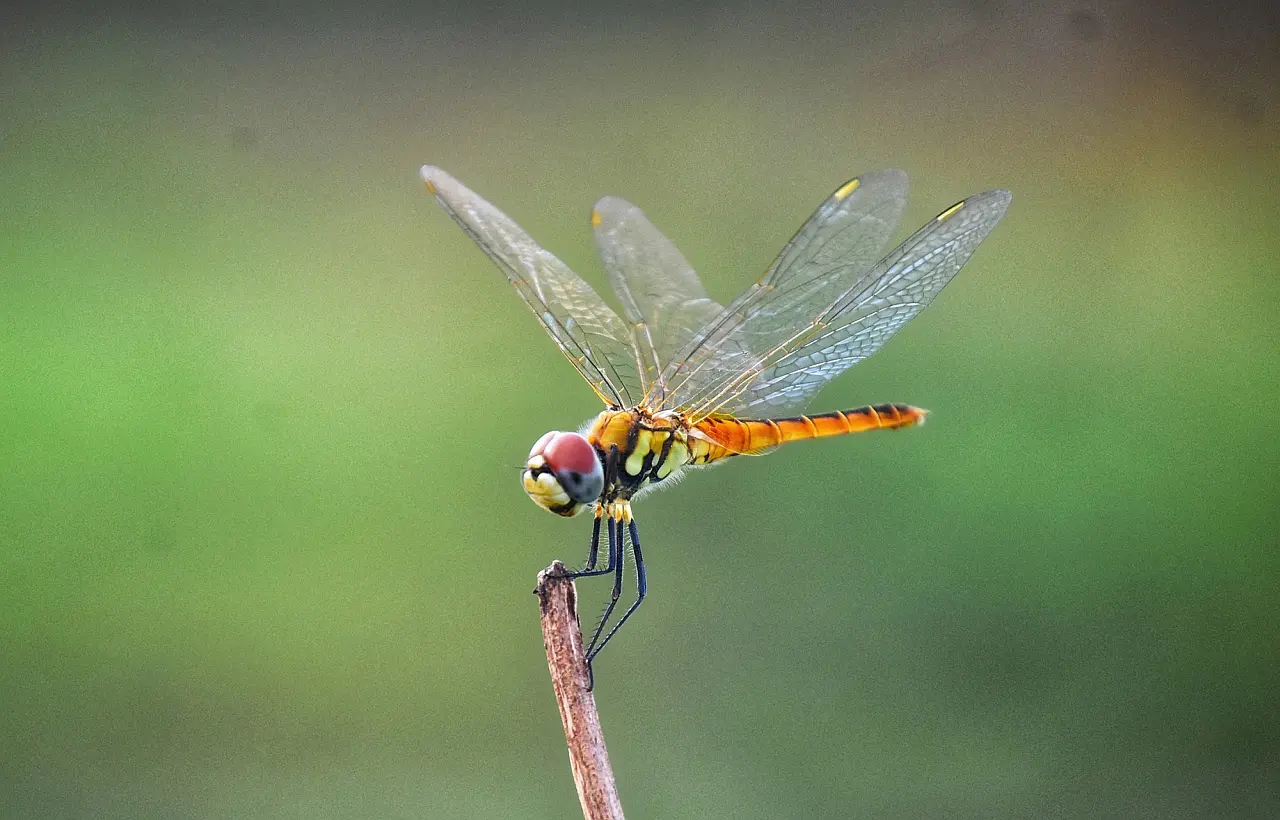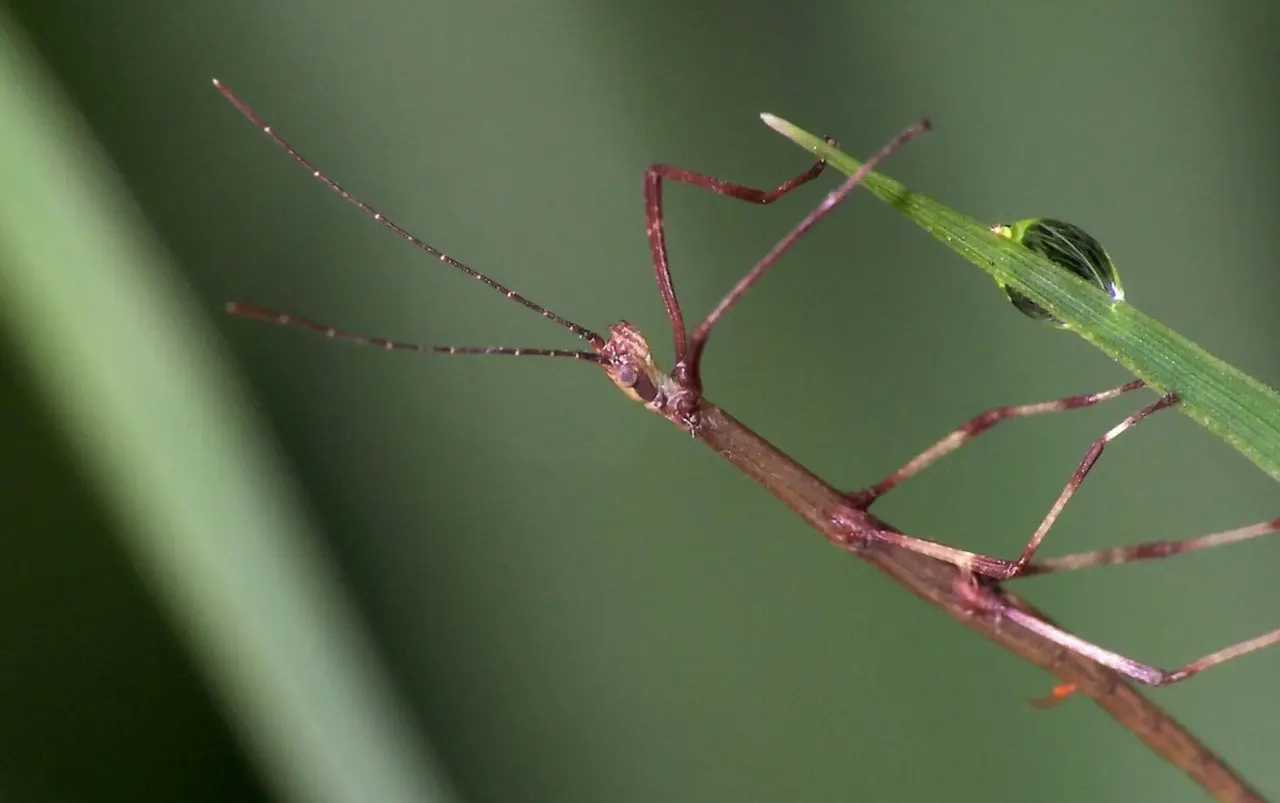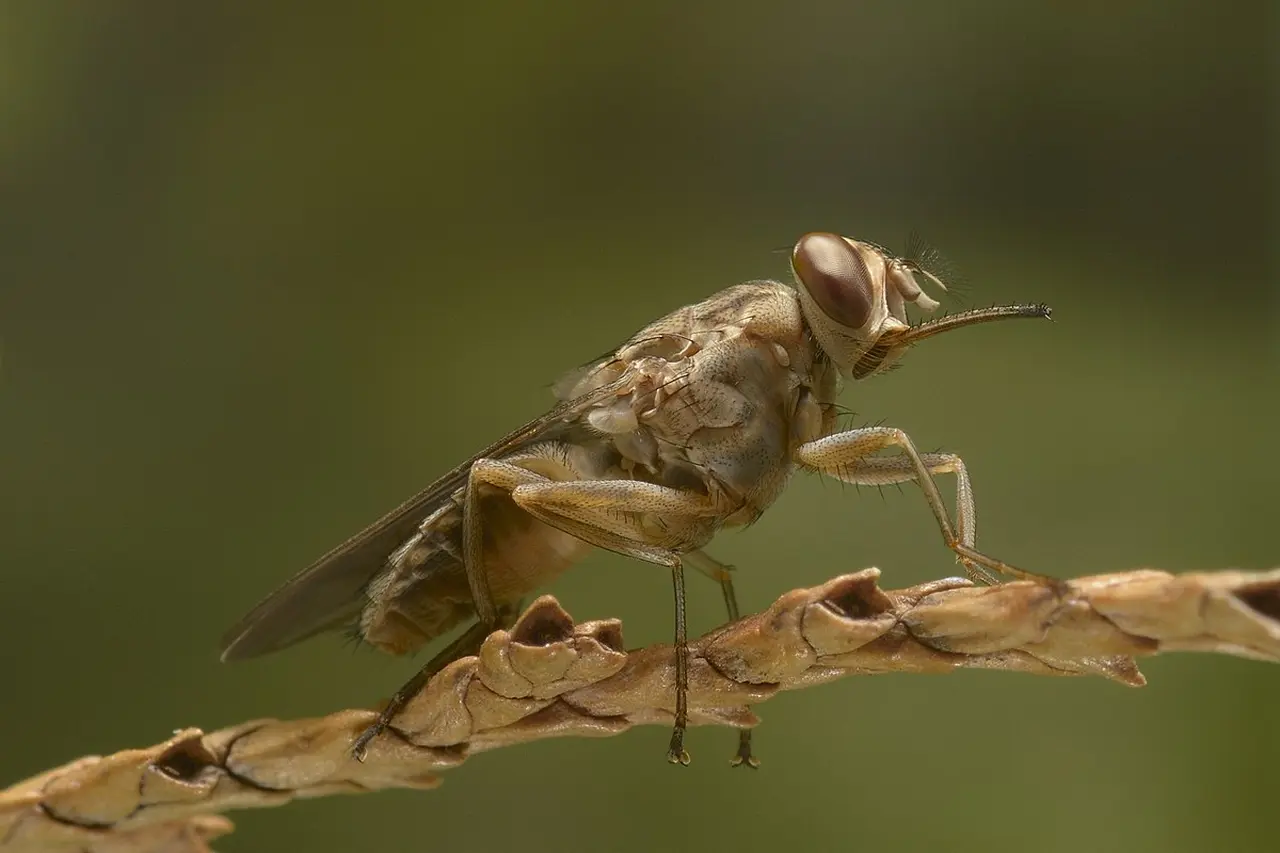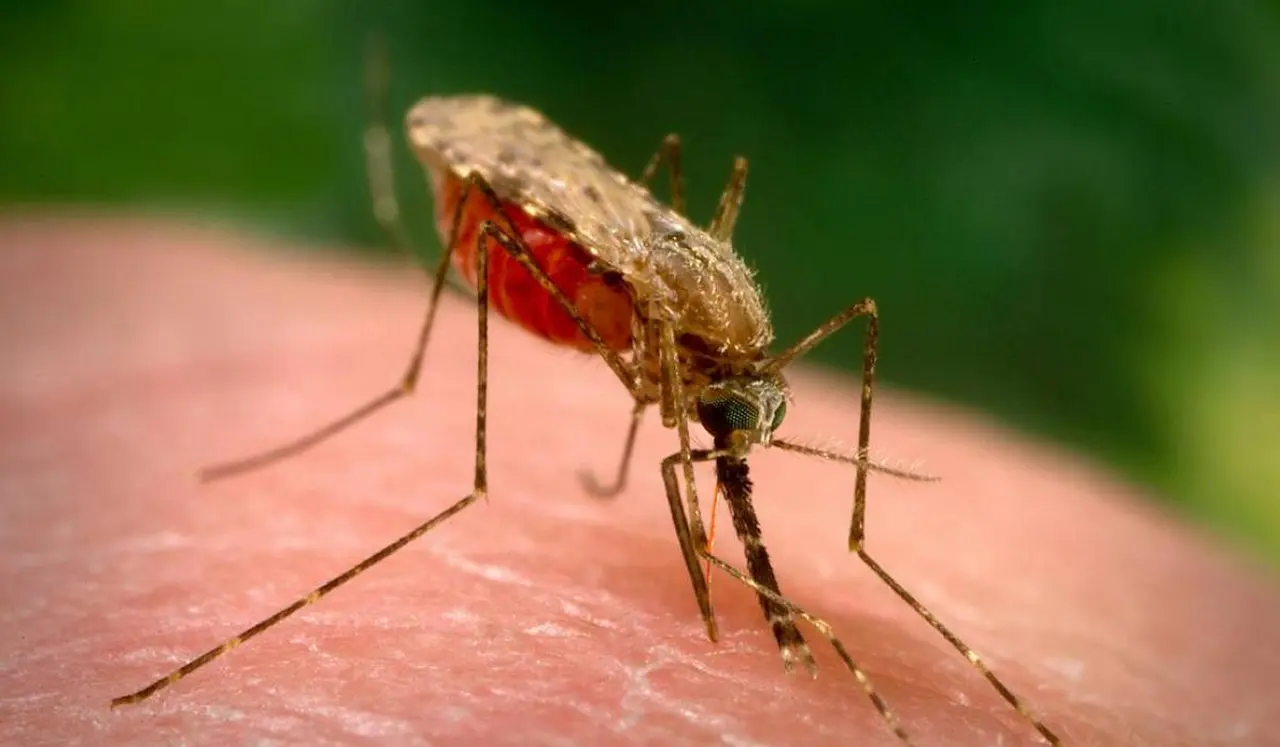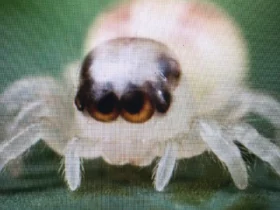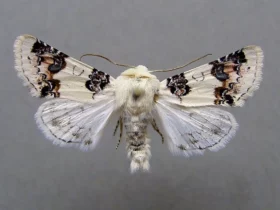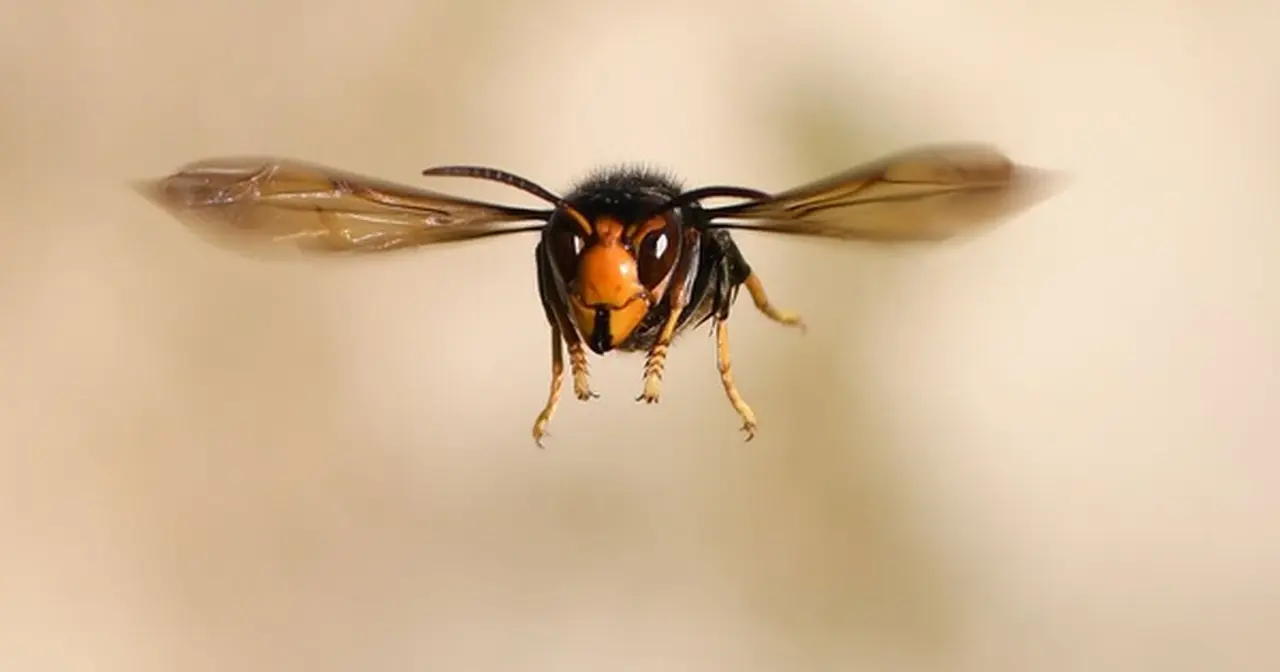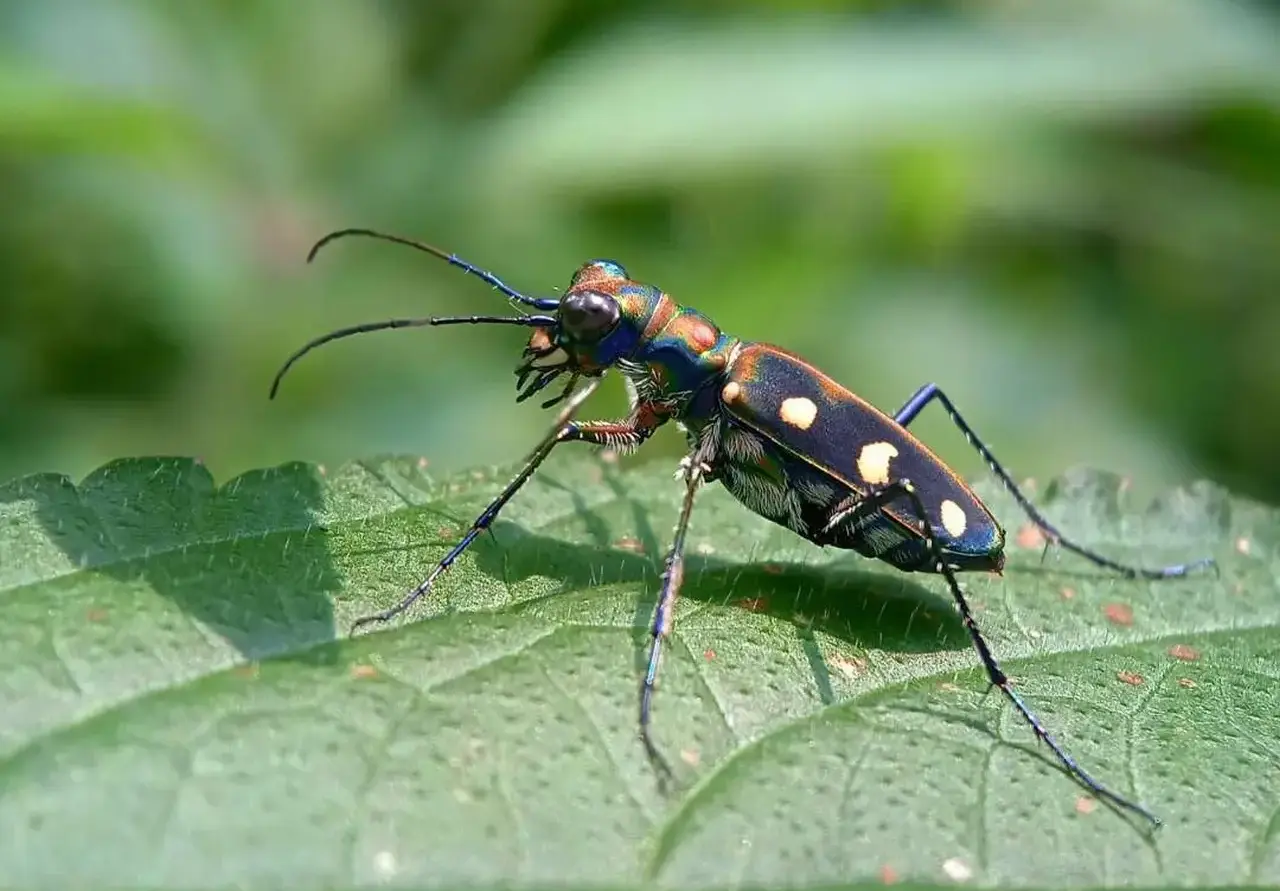The Bolbe pygmaea mantis (Bolbe pygmaea) is one of the smallest insect species in the world. It is a captivating and diminutive member of the mantis family. With its petite size and extraordinary hunting skills, this fascinating insect has captured the attention of entomologists and nature enthusiasts. Let’s explore them in this article
Appearance and Features
The Bolbe pygmaea mantis is a tiny marvel, measuring only around 1 to 2 centimeters in length. Its slender body is adorned with exquisite patterns and colors that aid in camouflage. This species showcases a variety of hues, including shades of green, brown, and sometimes pink or yellow. Its elongated thorax, long legs, and prominent forelegs, equipped with sharp spines, allow it to grasp and immobilize its prey with remarkable precision.
Habitat and Distribution
The Bolbe pygmaea mantis is primarily found in tropical and subtropical regions across Southeast Asia. It thrives in a variety of habitats, including forests, shrublands, and gardens. These agile insects are often discovered in low vegetation, such as grasses and small shrubs, where they hide and wait for unsuspecting prey to approach.
Hunting Techniques
Despite its diminutive size, the Bolbe pygmaea mantis is an extraordinary hunter. It employs a sit-and-wait strategy, remaining motionless in vegetation until potential prey ventures close. Its excellent camouflage allows it to blend seamlessly with its surroundings, making it difficult for both predators and prey to detect it.
When an unsuspecting insect, such as a small fly or aphid, comes within reach, the Bolbe pygmaea mantis strikes with incredible speed. Its forelegs, armed with sharp spines, immobilize and grasp the prey, ensuring a successful capture. The mantis then consumes its catch by methodically devouring it, utilizing its powerful mandibles to tear apart the prey’s body.
Ecological Importance
The Bolbe pygmaea mantis plays a vital role within its ecosystem. As an efficient predator of small insects, it helps maintain balance within insect populations. By preying on pests such as flies, aphids, and other small arthropods, it acts as a natural form of pest control, contributing to the health of vegetation and the overall ecological harmony of its habitat.
Additionally, the Bolbe pygmaea mantis also serves as a source of food for various predators, including birds, reptiles, and larger insects. Its presence in the food chain ensures the transfer of energy and nutrients through different trophic levels, supporting the overall biodiversity and functioning of the ecosystem.
